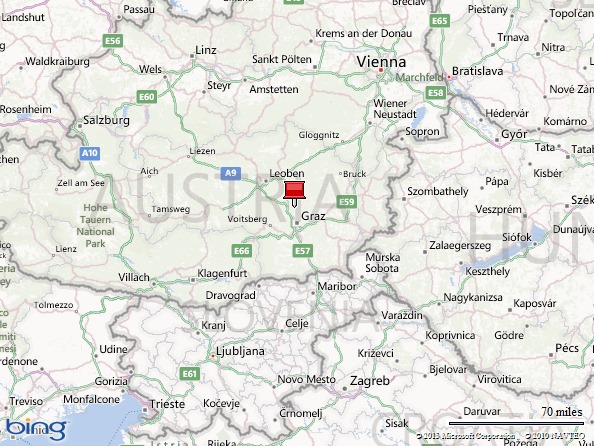I have a habit of forgetting to write what I had planned to write but couldn’t in an earlier sitting. A few blog entries ago, I posted some photos of our trip to Lancaster, Pennsylvania, better known as Amish Country. I didn’t have time to write, so I mentioned I would write about our trip later. Sometimes I neglect to follow up on my prognostications. Of course, Dear Reader, you can always remind me if you were waiting with anticipation to read what I wrote that I planned to write. You haven’t said much lately, so I don’t think you mind too much if I neglect to follow up on some topics. Of course, I still plan to write an entry on Argentinian wine, but I have to wait until I have more time to devote to a deeper analysis of the South American wine industry.
We officially went to Lancaster to shop, but I saw our trip as a chance to visit Amish Country and glimpse Amish life for the first time. (For a more detailed description of the Amish and their faith, visit Wikipedia’s Amish web page.) My mental image of the Amish was influenced by such diverse sources as the movie "Witness," the 1985 thriller that launched Kelly McGillis’ movie career, the Farrelly Brother’s movie "Kingpin," featuring Randy Quaid as an Amish bowling prodigy, and "Weird Al" Yankovic’s hit song "Amish Paradise." Obviously, the outsider’s view of the Amish tends to filter them through a skeptical lens, painting them in terms that might not be entirely flattering and even quite misunderstood, likening them to "country bumpkins" who are backwards because they refuse to assimilate into the dominant culture. I wanted to see the Amish for myself, like an adventurer visiting a unique culture for the first time. I was impressed by their ability to maintain their own culture in the face of modernity and their fervent industriousness. Call me crazy, but the cultural intricacies in the United States are still diverse despite the advent of pop culture and mass production.
I admire the fact that in spite of the development all around them, the Amish still manage to maintain their cultural identity. It seems so easy for those not committed to the Amish community to leave it and "join" modern society. I’m sure many have, but the Amish community in Lancaster is quite vibrant. The Amish mingle freely with contemporary America, driving their horse-powered buggies on roads and highways and shopping for goods at various retail outlets scattered throug the area. During our visit, I saw at least two Amish horse carriages parked in front of convenience stores (I don’t think they were purchasing gasoline). I suspect that in spite of their frugal image the Amish are actually quite wealthy. Most of the land put to contemporary uses such as strip malls were once owned by the Amish and sold at some time in the recent past. In fact, many Amish farms in Lancaster County are so large that they could easily sell for millions of dollars if their owners chose to sell them.
Amish are also very industrious. When we visited Plain & Fancy, an Amish-style restaurant, gift store, and convention center (no joke), I noted a bevy of Amish goods. Quilts, agricultural products, trinkets, you name it. Some were Amish-style souvenirs made in China, but many of the products available were made locally by Amish families. What did they do with the money they earned? I wondered. After all, they own their property outright, and they don’t owe use technology that costs money such as cars, televisions, or telephones. I did a little online investigating and uncovered some interesting tidbits about Amish finances. For one, Amish do not pay Social Security, but they do pay taxes, including property taxes. They rarely, if ever, use banks and public services, and they are responsible for making sure that everyone in the community receives adequate levels of education, health care, and financial security. Because they don’t invest their money, their capital is tied up in their land and what it can produce. The Amish must be industrious by necessity to ensure that they can fulfill their financial obligations to the government and to the Amish community. Still, I cannot help but think the Amish at present are doing very well. Life must be pretty good for them, even without cars, electricity, and buttons.




